Magnetic locks, or maglocks for short, are more popular than ever. They offer top-notch security and fail-safe features. These locks work using an electromagnet and an armature plate. They can hold with a force often over 1200 pounds. Maglocks are great because they open instantly when the power goes off. This lets people exit quickly in emergencies.
Maglocks are reliable for lots of situations. These include commercial, industrial, and home security. They work well with modern access systems, allowing keyless entry. You can use things like keycards or smartphones to get in. Brands like Locknetics make many types for different needs. They range from very secure systems to those for homes.
If you live in Toronto and want better security, local locksmiths can help. A locksmith in Toronto can help pick and set up the best maglock. They make sure your place is safe and meets all rules.
Understanding the Basics of Magnetic Locks
Magnetic locks are key in today’s security setups because they’re reliable and simple to use. Knowing what they’re made of and how they work shows why they’re so valuable.
Components of a Magnetic Lock
A magnetic lock has two main parts: the electromagnet and the armature plate. The electromagnet is set up on the door frame. Meanwhile, the armature plate is fixed to the door. When the electromagnet gets power, it creates a magnetic field.
This magnetic field pulls in and holds the armature plate tight. This makes a lock that can take on a lot of force, up to 1200 pounds.
Principles of Operation
Magnetic locks work thanks to electromagnetism. When electricity flows through the electromagnet‘s coil, it makes a magnetic field. This field draws the armature plate to the electromagnet, locking the door. Keeping a steady current means the door stays locked tight.
The way these locks work is pretty straightforward. Turn on the power to lock, and cut it to unlock. This fail-safe feature makes electromagnetic locks a great electrical locking device for many security setups. It ensures the door stays locked as long as there is power.
Types of Magnetic Locks
Magnetic locks play a key role in electronic access control. They come in different types to meet various security needs. Knowing the differences helps you pick the right one. This ensures safety in high-security areas.
Shear Locks
Shear locks blend magnetic and mechanical locking for top-notch security. They work great in places needing tight security, like IT rooms and hospitals. These locks are a mix of magnets and mechanics for reliability. They’re fail-safe, ideal for emergency exits.
Maglocks vs Electromagnetic Door Locks
Maglocks are key to electronic access control. They either unlock or stay locked during power outages. Fail-safe locks open during outages, fitting for emergency exits. This ensures safety and meets egress codes.
Fail-secure locks stay locked when there’s no power, protecting assets in places like data centers. They fit in various settings, from offices to homes. Locks from brands like Locknetics cater to different door types and needs. Following manufacturer guidelines is essential for them to work right.
Maglocks and electromagnetic locks work well with modern access methods. These include keypads, fingerprints, RFID cards, and NFC. Remote operation capabilities also boost security. This lets managers control access from afar, making sites more secure and handy.
Benefits of Magnetic Locks in Security Applications
Magnetic locks offer many advantages in security systems. Their keyless nature decreases the chance of human mistakes. Only those allowed can get in. These locks also improve security checks and scare off criminals.
Keyless Entry and Reduced Human Error
Magnetic locks are great because they allow keyless entry. This means no more lost or stolen keys that cause trouble. They work with electronic controls for easy and secure entry. This lowers mistakes made by people.
Enhanced Monitoring and Visibility
These locks let you watch over security better. They work with systems that log every entry and exit. You can see all access points clearly, spotting any wrong entries quickly. With this, you keep your place safe without needing to be there all the time.
Visual Deterrent to Criminals
Magnetic locks scare off intruders just by being there. They show your place is well protected. They can hold a lot, up to 1,200 pounds, making them really strong. They can’t be picked like normal locks, adding more safety to your space.
Installation Requirements for Magnetic Locks
Installing magnetic locks right is key to keeping them working well and for a long time. They need a constant power source to work. Using power management is critical, with direct current (DC) being the best power supply. It’s vital to have a steady power supply for the lock’s smooth operation.
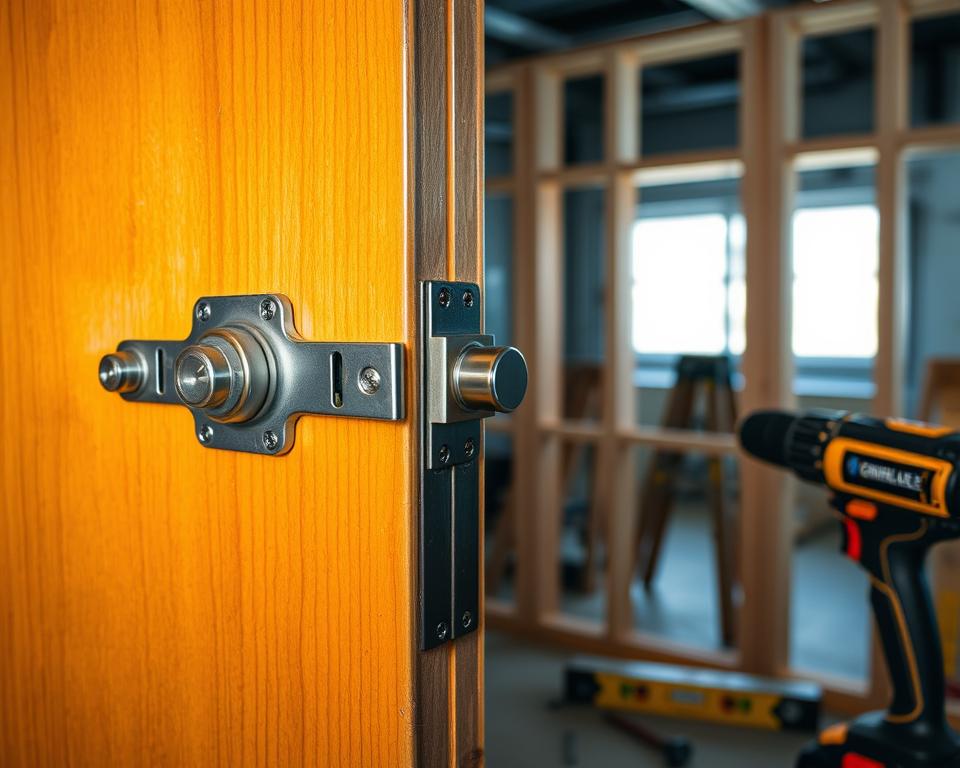
Power Supply Considerations
Power needs are crucial for magnetic locks. Direct current (DC) ensures they work smoothly without fail. For models like OEA-ML12-280 or OEA-ML22-500, good power management stops failures. Installers should always check that there’s enough power for the locks to work well in secure areas.
Mounting Options
The way magnetic locks are mounted affects their performance. They must be placed correctly on the door frame. Whether for single or double doors, choosing the right brackets, like L or Z-brackets, is important. You need to mark and drill holes precisely.
For complex setups, it might be best to hire professional locksmiths in Toronto. They follow the maker’s instructions and work with existing security systems. Regular checks and upkeep keep magnetic locks reliable over time.
Integration with Access Control Systems
Magnetic locks and access control systems work together to boost your security. They are used in many places, like buildings and outdoor spots. This setup can be customized to meet your unique security goals.
Authentication Methods
Magnetic locks work with many ways to check who’s entering. You can pick what best fits your place. Options include pin codes, RFID, and checks like fingerprints. RFID systems use special cards or fobs. They talk to the system to let in only the right people. For extra safety, biometric checks like fingerprints or eye scans are great. They make sure only allowed people get in.
Remote Operation Features
Controlling access from afar is a big plus of these systems. You can use phone apps that connect through Bluetooth, Wi-Fi, or data. It’s easy to use anywhere. This lets you check doors, manage entries, and get updates right away. The software is made to handle lots of places easily, giving you total control.
Putting together a top-notch access system means using magnetic locks, RFID, and biometric checks. It makes your security better while staying easy to use. This works great for strict office security or keeping homes safe. With these modern techs, you ensure both safety and following rules.
Safety and Compliance of Magnetic Locks
When installing magnetic locks, safety and compliance are key. These devices come with different modes. They must follow strict safety rules and life safety codes.
Fail-Safe vs Fail-Secure Options
Fail-safe magnetic locks open when there’s no power. This is crucial for exits during emergencies, like fires. It helps keep exit paths open, following safety codes. Fail-secure locks, however, stay locked during power outages. This protects property and keeps restricted areas secure.
Fire Safety Regulations
Installing electromagnetic locks means you must follow fire safety rules. These locks should connect to fire alarms and open when the alarm goes off. The Local Authority checks these installations. They make sure all rules are followed strictly.
Common Uses for Magnetic Lock Systems
Magnetic lock systems are crucial in many areas. They work well in different settings because they’re strong and mix easily with control systems. They help in a wide range of places like businesses, industries, homes, and unique situations.
Commercial and Industrial Applications
Magnetic locks keep doors, panels, and enclosures safe in busy places. They’re strong and last long, which is perfect for commercial areas. Locksmiths put these locks on doorframes to help secure businesses. This way, places like data centers and labs are safe, even during power failures.
Residential Security Applications
For house safety, magnetic locks are becoming popular. They allow keyless entries, which lowers the chance of unwanted key copies. Their design is modern and fits well with various doors. Plus, maglocks are easy to install and need little upkeep, making them great for home security.
Specialized Use Cases
In specific industries like cars and planes, magnetic locks are vital. They’re dependable and don’t corrode. They keep important parts secure. Companies like Sierra Pacific Engineering and Products have many magnetic solutions for these needs. In car security, magnetic latches keep trunks and cabins safe, preferred by many car makers for top security.
Conclusion
Magnetic lock systems are a safe and reliable way to control access. They come in different types like surface-mounted and mortise magnetic locks. These systems meet the security needs of various places, from businesses to homes.
They are strong enough to secure swing gates. With forces up to 600kg, they handle gates needing 350-450kg of holding force well.
Adding electronic access features makes these locks even more effective. Magnetic door handles, for example, beat traditional handles. They’re more secure, easy to use, and resist tampering methods such as lock picking.
People with mobility issues or disabilities find magnetic handles helpful. They make opening doors smoother and easier.
Magnetic lock systems follow safety rules, including guidelines for fire safety. They offer fail-safe and fail-secure options for wide use in businesses and homes. In Toronto, locksmiths can help install these systems. This way, people enjoy better security and peace of mind.

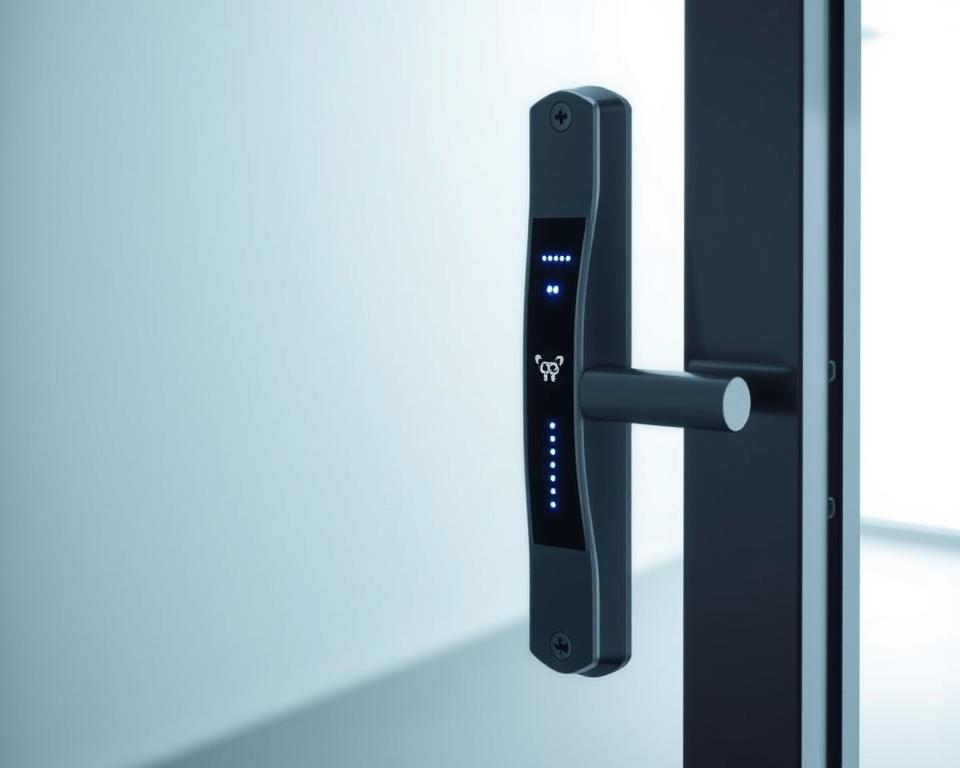
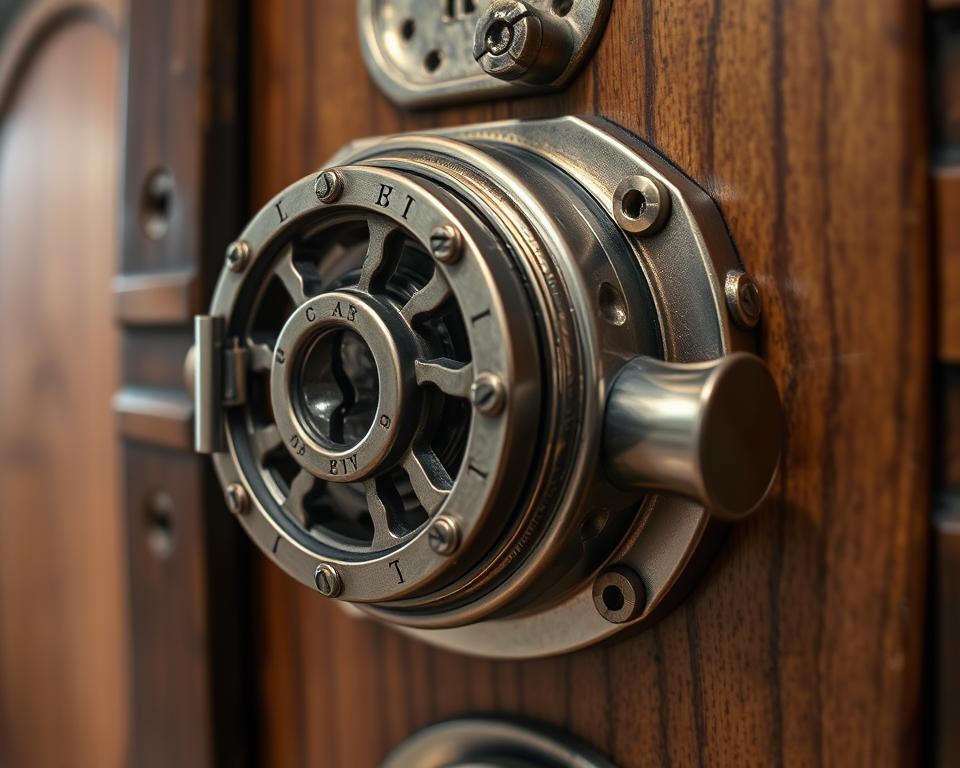

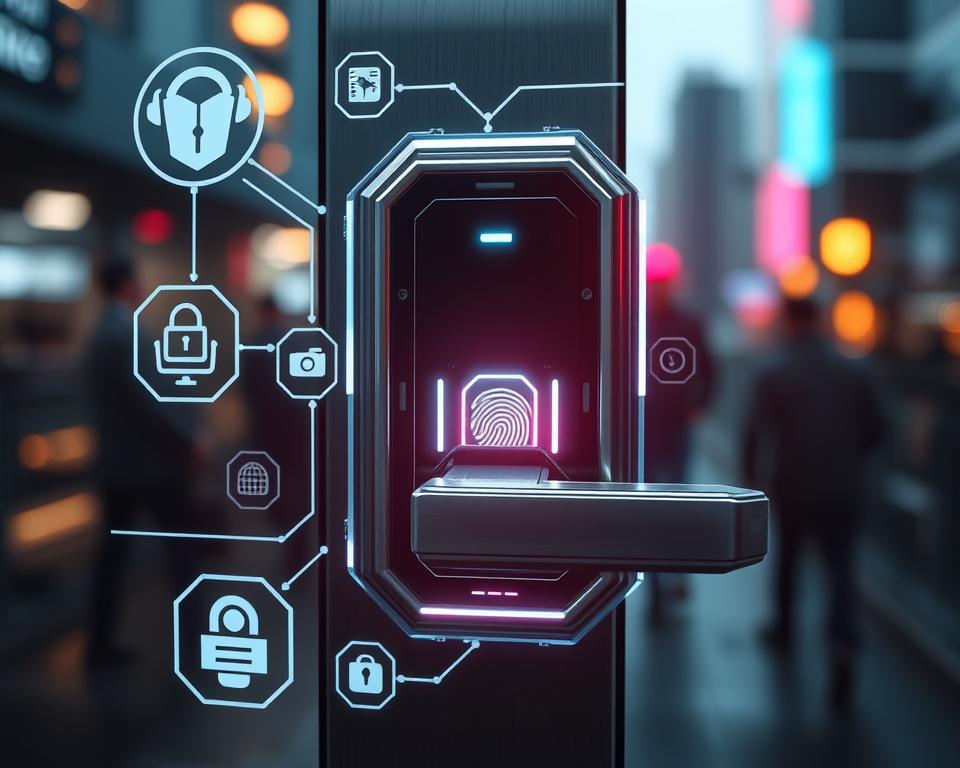
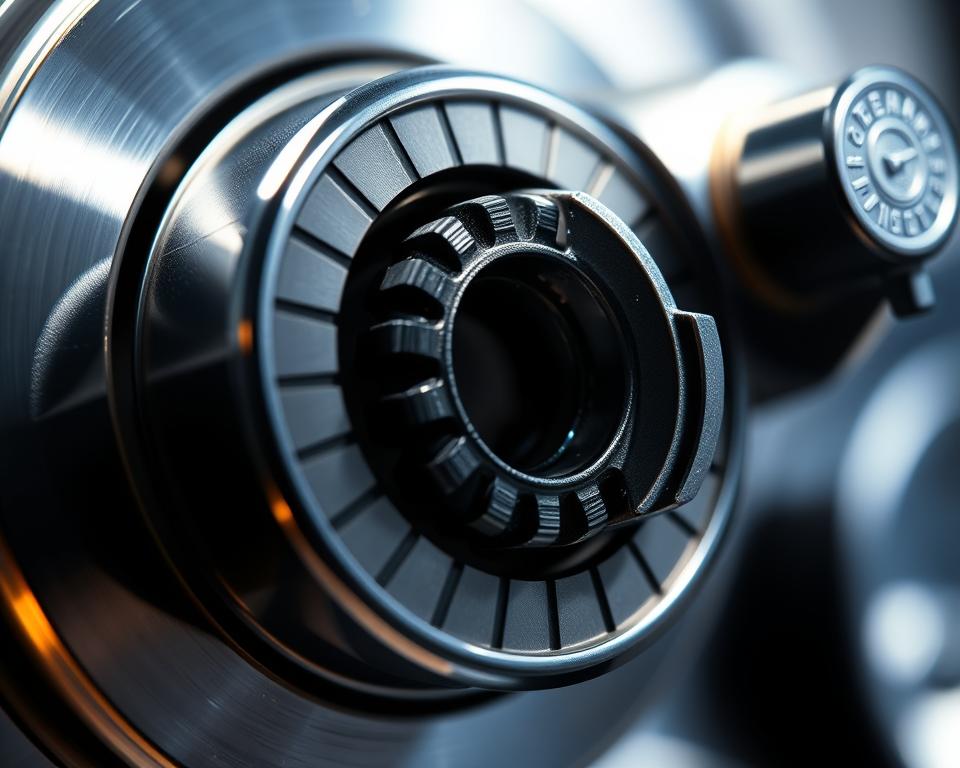
Recent Comments